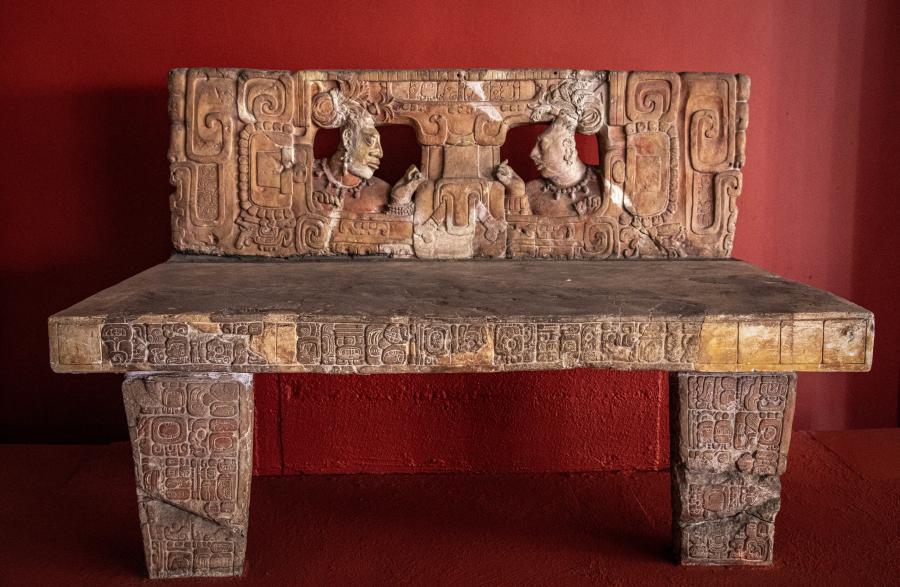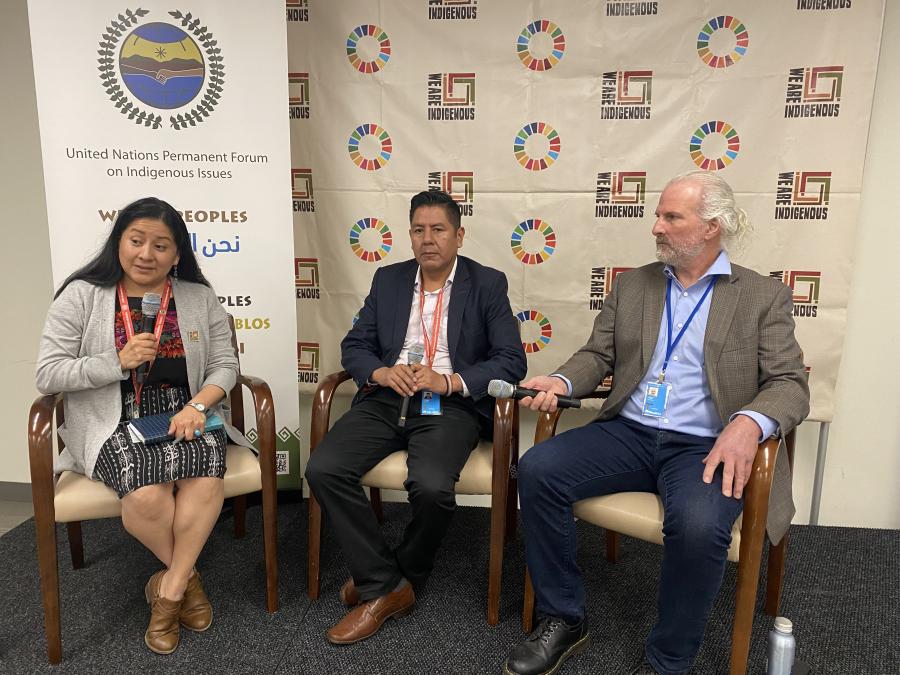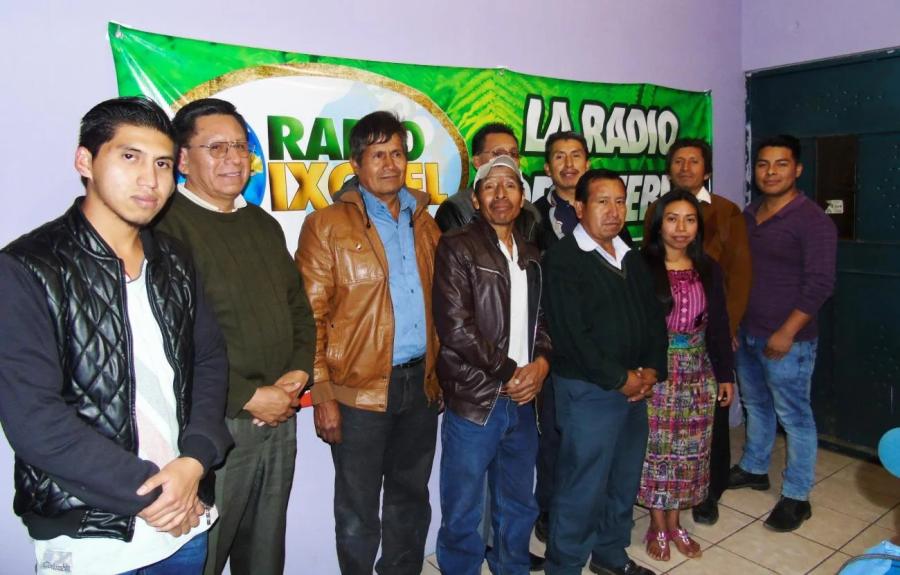International immigration continues to contribute to the formation of new ethnic groups in the United States. Allan Burns' Maya in Exile documents this trend by highlighting the emergence of Guatemalan Maya as an ethnic group in America. Since the 1980s, small towns in Florida have become migration destinations for some of the hundreds of thousands of Maya fleeing the Guatemalan government and military. Mayan refugees first sought asylum in Mexico but migrated north to the United States and Canada as Guatemalan government troops raided the refugee camps in Chiapas. Of the 200,000 Guatemalans in the United States, roughly fifteen to twenty thousand Maya live in Florida (pp. 23-24). Burns focuses on "El Pueblo de los Indios" or Indiantown, Florida, where there are approximately four to five thousand Maya. A Mexican crew leader brought a group of Kanjobal Maya from Guatemala to Indiantown in late 1982 to work in the citrus groves, vegetable farms, and ranches (p. 7). Burns was contacted in 1983 by some of the Florida Maya to help with their adaptation to the community. Since then he has worked as both an applied anthropologist and as an advocate for the Maya in Florida. Burns' book not only makes a contribution to our understanding of how Mayan immigrants are adapting to the United States, but also presents a case study of the ways in which anthropologists can benefit immigrants. The first chapter, "Maya Refugees and Applied Anthropology," outlines the background to the Maya as refugees and the ongoing dialogue that has taken place between anthropologists and the community of Indiantown. The dialogic nature of this book and the use of personal narratives powerfully contributes to our understanding of the Maya in Guatemala, their migration to and their experiences as refugees in the United States. The introduction by anthropologist and Jacaltec Maya, Jerónimo Camposeco, and the narratives in Chapter 2 are especially compelling. Through these personal accounts, we get a picture of the violence that pushed Mayan groups out of Guatemala and the barriers they face while seeking asylum in the United States. Chapters 3 - 6 discuss the various ways in which the Kanjobal Maya are adapting to the multi-ethnic community of Indiantown. By collaborating with anthropologists and others in the U.S. to gain legal assistance, social welfare, and education as well as forming such advocacy organizations as CORN-Maya, the Kanjobal Maya are successfully adjusting to their new environment. Personal and community ceremonies such as baptisms, weddings, and the yearly celebration of the patron saint of San Miguel Acatan also form an important role in their adjustment (p. 45). Burns provides a valuable insight into the negotiation of Maya identity in a community composed of Anglos, Mexicans, Mexican Americans, El Salvadorans, Puerto Ricans, and Haitians. In addition, his candid discussion about the process of making the video documentary Maya in Exile and the accompanying mediation involved in the collaborative relationship between the anthropologist and the Maya community (Chapter 7) is a prime example of the issues encountered by ethnographic filmmakers and the communities with whom they work. The final chapter considers the problems the Maya community faces as it becomes "differentiated in Indiantown" due to the arrival of people from other Maya groups (p. 179). In his book, Maya in Exile, Allan Burns has successfully integrated traditional ethnography, applied and visual anthropology into the discussion of how Guatemalan Maya immigrants are adapting to life in the United States. Anyone concerned about this issue will find this book invaluable. Article copyright Cultural Survival, Inc.



